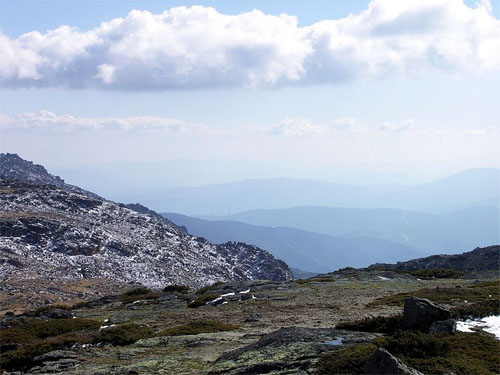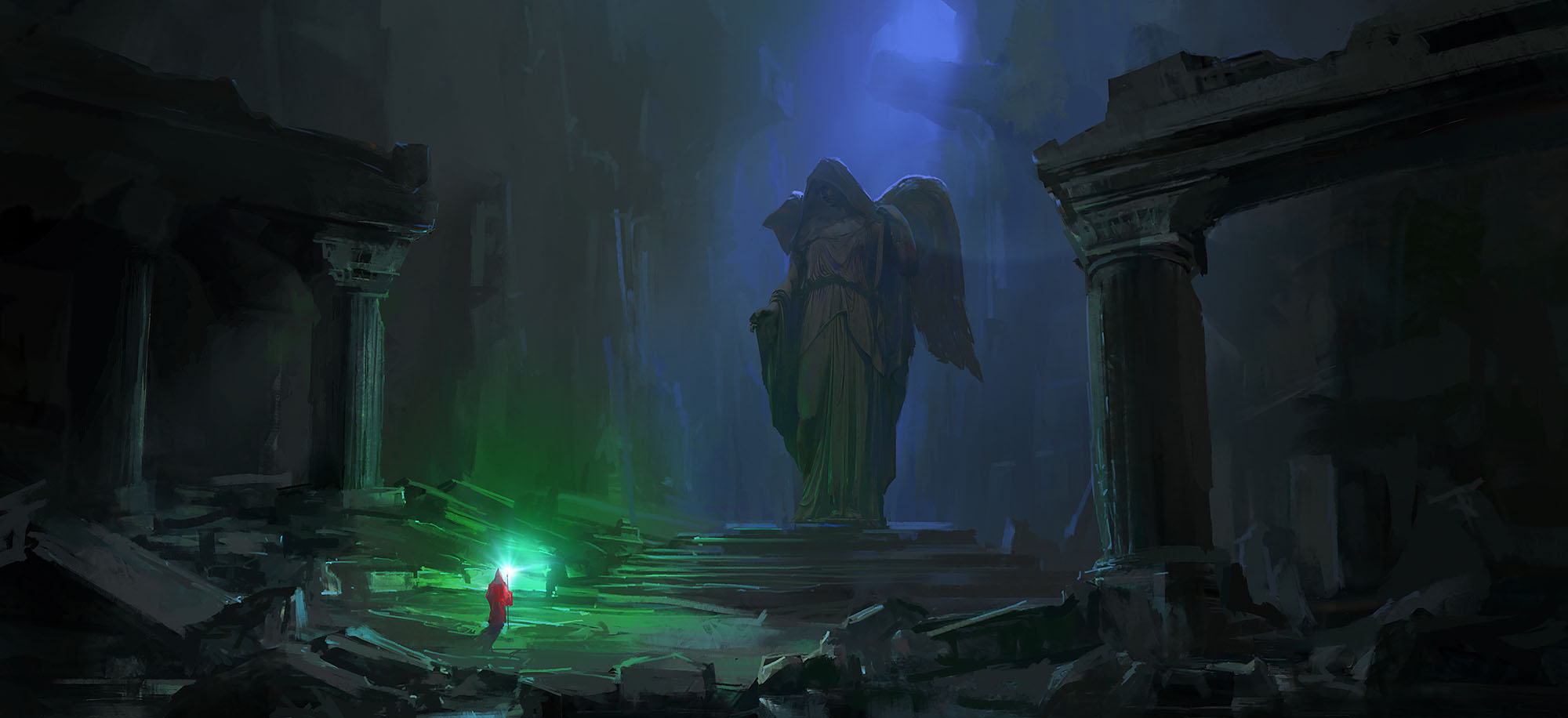 If you get less than eight hours of sleep in a night, you must succeed at a Fortitude save (DC 20 – the number of hours you slept) or become fatigued.
If you get less than eight hours of sleep in a night, you must succeed at a Fortitude save (DC 20 – the number of hours you slept) or become fatigued.
If you get less than four hours of sleep in a night, you are automatically fatigued and must succeed at a Fortitude save (DC 20 – the number of hours you slept) or become exhausted.
Elves only require four hours of meditation in a night. If they get less than four hours of meditation, they must succeed at a Fortitude save (DC 20 – twice the number of hours they meditated) or become fatigued. If they get less than two hours of meditation, they are automatically fatigued and must succeed at a Fortitude save (DC 20 – twice the number of hours they meditated) or become exhausted.
If a character’s rest is interrupted by movement, combat, spellcasting, skill use, conversation, or any other fairly demanding physical or mental task, subtract 1 hour for each period of interruption from the amount of rest that they received.
JET LAG
If a character rapidly shifts to a different time zone (or the equivalent thereof) due to teleportation, dimensional travel, flying carpet, or jumbo jet, they must make a Fortitude saving throw for sleep deprivation even if they get 8 hours of sleep. In addition, they suffer a -1 penalty to their saving throw per time zone they’ve shifted. Once a character succeeds at two consecutive sleep deprivation saves, their circadian rhythm has acclimated to the new time zone and they are no longer affected by the jet lag.
Characters using magical or pharmacological aids — like a sleep spell — to force a rest period that’s properly synched with the local time zone gain a +5 bonus to a sleep deprivation saving throw caused by jet lag.
Taking your shoes off and scrunching them into the carpet grants a +2 circumstance bonus to sleep deprivation saving throws caused by jet lag. This bonus rises to +4 if you happen to do it during a terrorist attack.
CIRCADIAN EFFECTOR
Enchantment (Compulsion) [Mind-Affecting]
Level: Cleric 1, Sorcerer/Wizard 1
Components: V, S, M
Casting Time: 1 standard action
Range: Touch
Targets: 1 creature
Duration: 1 minute per caster level
Saving Throw: Fortitude negates
Spell Resistance: Yes
When cast on a character suffering from jet lag, circadian effector immediately removes the effects of jet lag. (It has no effect on other forms of fatigue or exhaustion.) The spell can also be used to induce the effects of jet lag on a character not currently suffering from it.
If cast on a sleeping character, circadian effector has the immediate effect of cancelling their jet lag. If used in this fashion, the effect is instantaneous (which means that it does not wear off and cannot be dispelled, although a character can be subjected to fresh jet lag if they move to yet another time zone).
This isn’t really an “advanced” rule. But I’ve got a whole series under that title.
This material is covered by the Open Gaming License.
















